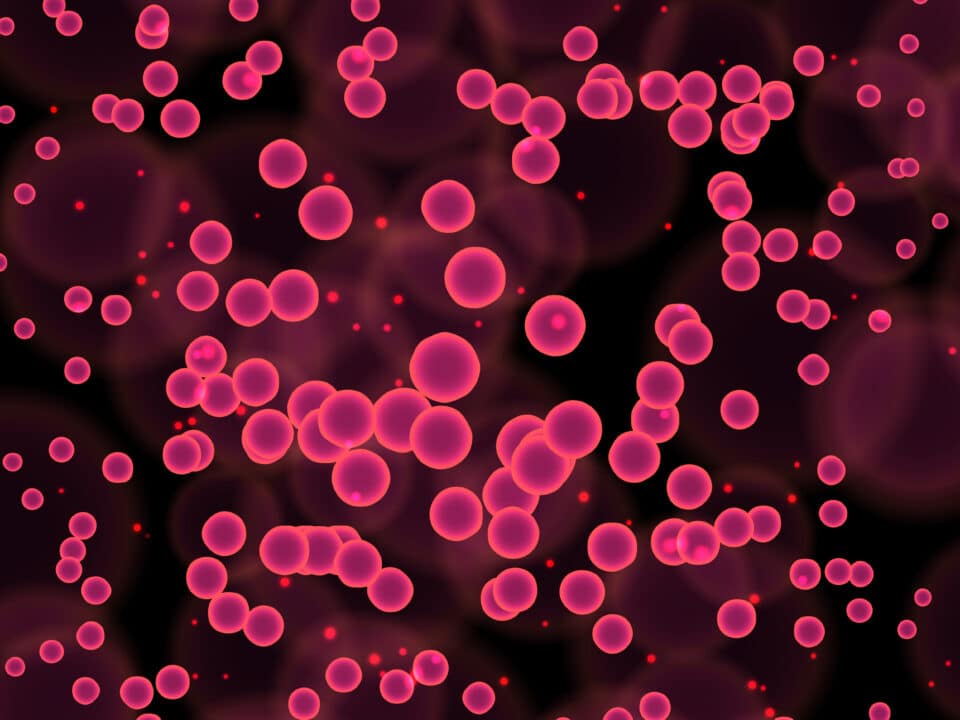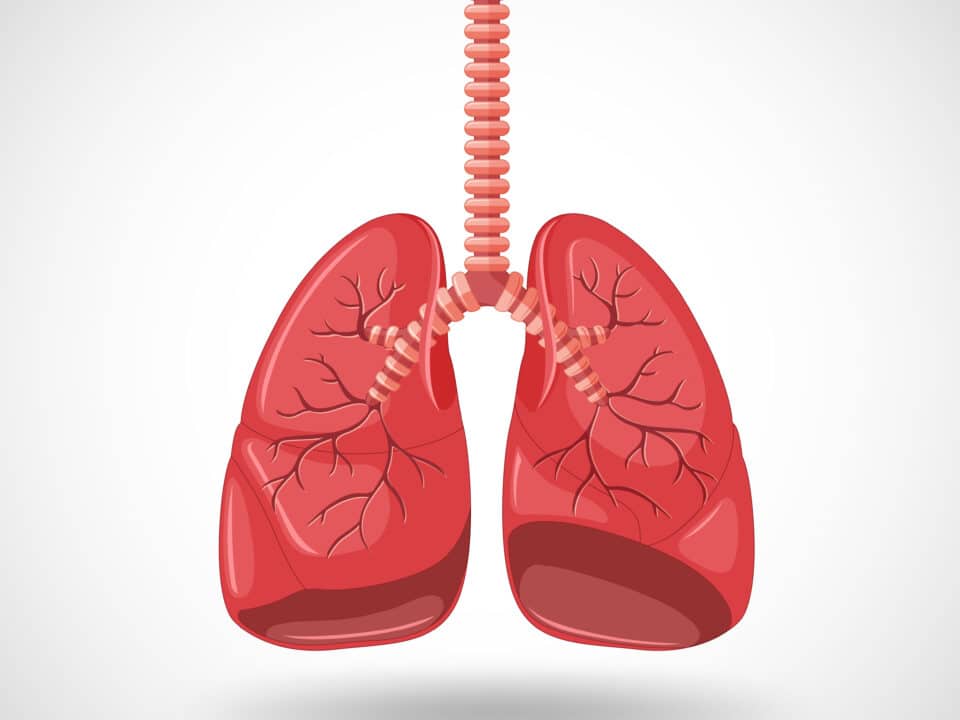- Immediate contact :
- +1-323-988-5889
- info@sifveinfinder.com
Vein Finders and Atrial Fibrillation (AFib)
April 28, 2022Vein Finders and Venous Malformation (VM)
April 29, 2022Angina is chest pain or discomfort caused when your heart muscle doesn’t get enough oxygen-rich blood. It may feel like pressure or squeezing in your chest. The discomfort also can occur in your shoulders, arms, neck, jaw, abdomen or back. Angina pain may even feel like indigestion.
Angina is caused by reduced blood flow to the heart muscle. Blood carries oxygen, which the heart muscle needs to survive. When the heart muscle isn’t getting enough oxygen, it causes a condition called ischemia. The most common cause of reduced blood flow to the heart muscle is coronary artery disease (CAD).
Angina symptoms include chest pain and discomfort. The chest pain or discomfort may feel like:
· Burning
· Fullness
· Pressure
· Squeezing
Pain may also be felt in the arms, neck, jaw, shoulder or back.
Other symptoms of angina include:
· Dizziness
· Fatigue
· Nausea
· Shortness of breath
· Sweating
The severity, duration and type of angina can vary. New or different symptoms may signal a more dangerous form of angina (unstable angina) or a heart attack.
Any new or worsening angina symptoms need to be evaluated immediately by a health care provider who can determine whether you have stable or unstable angina.
A chest X-ray may be done to determine if other conditions are causing chest pain symptoms and to see if the heart is enlarged. When angina occurs, certain heart enzymes enter the bloodstream when the heart muscle is damaged, such as from a heart attack. A cardiac enzyme blood test then can help detect these substances.
Dealing with such a sensitive heart issue, a blood test necessitates first and foremost a highly accurate detection of heart vessels. Clearly, only a highly professional and precise vein detector can provide such accurate diagnosis.
In this regard, we present the following vein detector : Portable Vein Detector SIFVEIN-5.2, one of the most recommended vein finding devices among cardiologists. This infrared vein finder’s main function is to find veins/vessels easily and fastly.
To put it clearer, this vein illumination is meant to allow the absorption of light by oxyhemoglobin in the surrounding heart vessels. The information is then filtered to display the blood vessels’ condition on the screen after photoelectric conversion and image processing.
What is really unique about this IV Vein finder is that it uses a new type of optical structure design that can realize the original position projection and improve the vein recognition rate. The imagery mode can also be switched at any time based on the light in the room and the patient’s skin tone, making the vein more visible, easier to access, and increasing clinical accuracy.
It is all thanks to the brand-new image enhancing algorithm this vein viewer deploys. As a result, it will undoubtedly provide a clearer digital vein image resolution that allows veins to be seen clearly at a depth of 10 mm beneath the skin, regardless of the patient’s age, skin color, or obesity level.
All these advanced features should facilitate doctors’ mission while they’re trying to understand whether there is indeed an angina issue within the heart vessels or not. As a result, any possible failure in the diagnosis will be excluded.
Blood tests are an extreme necessity when we are dealing with an angina heart issue. The only problem resides in the perfect vein finding device to be used in order to facilitate the diagnosis process.In this context, the vein viewer SIFVEIN-5.2 has shown to be extremely effective when doing difficult IV check-ups in angina patients. As a result, if medical personnel and patients want an accurate diagnosis that leads to a successful treatment and a quick recovery, the infrared vein finder SIFVEIN-5.2 should be their first and ultimate choice.
Reference: (Chest Pain)
Disclaimer: Although the information we provide is used by different doctors and medical staff to perform their procedures and clinical applications, the information contained in this article is for consideration only. SIFVEINFINDER is not responsible neither for the misuse of the device nor for the wrong or random generalizability of the device in all clinical applications or procedures mentioned in our articles. Users must have the proper training and skills to perform the procedure with each vein finder device.
The products mentioned in this article are only for sale to medical staff (doctors, nurses, certified practitioners, etc.) or to private users assisted by or under the supervision of a medical professional.




